Whole house LED recessed lighting
pamelah
13 years ago
Featured Answer
Comments (24)
cs6000
13 years agoduluthjeff
13 years agoRelated Professionals
South Pasadena Architects & Building Designers · Conroe Home Builders · Lewisville Home Builders · Westwood Home Builders · Jackson General Contractors · Kemp Mill General Contractors · Makakilo General Contractors · Medway General Contractors · Millbrae General Contractors · North Lauderdale General Contractors · Park Forest General Contractors · Shaker Heights General Contractors · Spanaway General Contractors · West Lafayette General Contractors · Security-Widefield General Contractorstracey_b
13 years agodavid_cary
13 years agoSuzy
13 years agomdev
13 years agoramor
13 years agodavid_cary
13 years agodavid_cary
13 years agobrickeyee
13 years agoramor
13 years agothull
13 years agofirstmmo
13 years agotracey_b
13 years agomacv
13 years agokateskouros
13 years agodavid_cary
13 years agothull
13 years agokateskouros
13 years agothull
13 years agotracey_b
7 years agoVirgil Carter Fine Art
7 years agoPensacola PI
7 years ago
Related Stories

LIGHTINGThe Lowdown on High-Efficiency LED Lighting
Learn about LED tapes, ropes, pucks and more to create a flexible and energy-efficient lighting design that looks great
Full Story
LIGHTINGWhat to Know About Switching to LED Lightbulbs
If you’ve been thinking about changing over to LEDs but aren't sure how to do it and which to buy, this story is for you
Full Story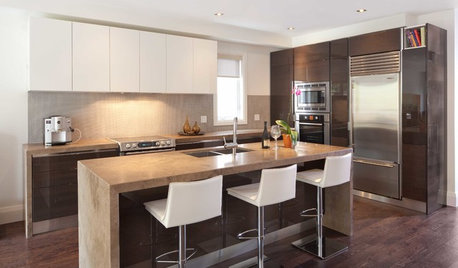
LIGHTINGGet Your Home's Recessed Lighting Right
Learn the formula for how much light a room needs plus how to space downlights, use dimmers and more
Full Story
LIGHTINGDecorating 101: How to Plan Your Home’s Lighting
These designer tricks and tips will help you find the perfect mix of lighting for every room and every mood
Full Story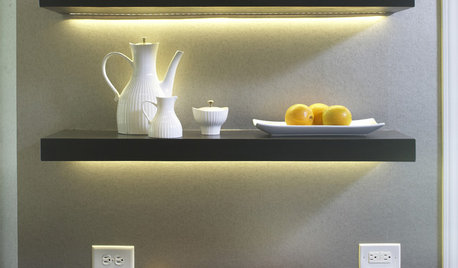
KITCHEN DESIGN12 Ways to Light Your Kitchen With LEDs
See how to use new energy-saving lights to illuminate your kitchen, light a countertop and add style, too
Full Story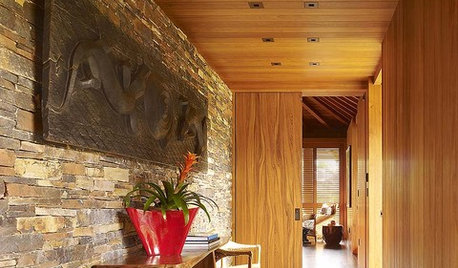
LIGHTINGRecessed Lighting 101
Looking to brighten a drab, dim space? Recessed lighting may be your answer. Here's what you need to know
Full Story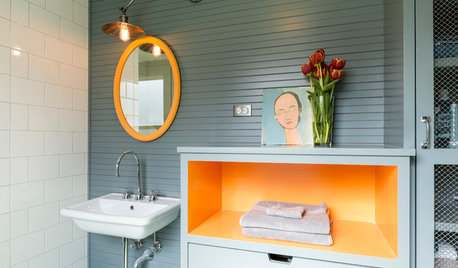
COLOR PALETTESRecessive Color: 8 Eye-Catching Niches, Nooks and Crannies
Create a focal point with a small chunk of a big hue
Full Story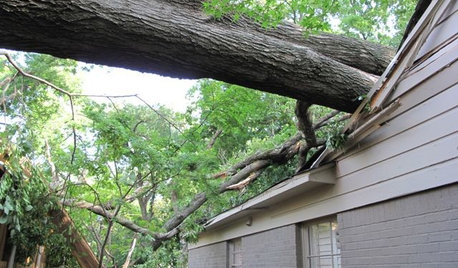
HOUZZ TOURSMy Houzz: Twister Damage Sparks a Whole Ranch Remodel
A Dallas couple transforms their traditional rambler into a bright, family-centered haven after a tornado
Full Story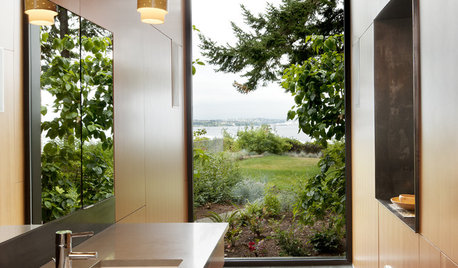
REMODELING GUIDES10 Tips to Maximize Your Whole-House Remodel
Cover all the bases now to ensure many years of satisfaction with your full renovation, second-story addition or bump-out
Full Story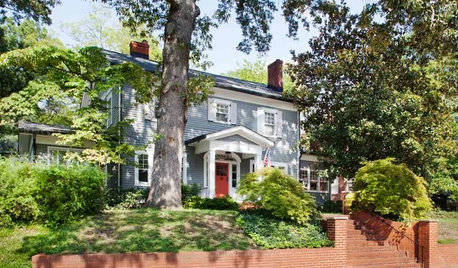
HOUZZ TOURSHouzz Tour: Whole-House Remodeling Suits a Historic Colonial
Extensive renovations, including additions, update a 1918 Georgia home for modern life while respecting its history
Full Story








Suzy